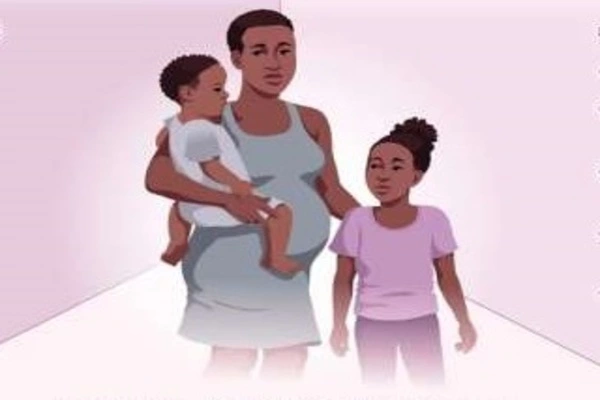Extreme heat increases both chronic and acute malnutrition among infants and young children in low-income countries, threatening to reverse decades of progress, according to Cornell University research.
A recent study was linked to geocoded weather data spanning more than 20 years. According to the study, heat exposure increased low weight from acute malnutrition by 29%. Since NFHS-4, there has been an increase in stunted children in 13 states or union territories, including Gujarat, Maharashtra, West Bengal, and Kerala.
A study of more than 32,000 West African children ages 3-36 months that linked survey and geocoded weather data over more than 20 years discovered that average heat exposure increased the prevalence of stunted growth from chronic malnutrition by 12% and low weight from acute malnutrition by 29%.
According to the researchers, if the average global temperature rises by 2 degrees Celsius, which scientists warn is likely in the absence of significant reductions in carbon emissions, the average effect of heat exposure on stunting would nearly double, wiping out gains made during the study period (1993 to 2014).
We’re talking about children at a very young age that will have changes for the rest of their lives, so this is permanently scarring their potential. What we are doing to reduce global poverty is being eroded by our lack of action on climate.
Ariel Ortiz-Bobea
A study of more than 32,000 West African children ages 3-36 months that linked survey and geocoded weather data over more than 20 years discovered that average heat exposure increased the prevalence of stunted growth from chronic malnutrition by 12% and low weight from acute malnutrition by 29%.
The findings are concerning, according to the researchers, because temperatures in West Africa are rising and are expected to continue for several decades. And the consequences of acute and chronic malnutrition in childhood, which have been linked to higher mortality rates as well as lower education and income levels in adulthood, are irreversible.
“We’re talking about children at a very young age that will have changes for the rest of their lives, so this is permanently scarring their potential,” said Ariel Ortiz-Bobea, an associate professor and applied agricultural economist at Cornell. “What we are doing to reduce global poverty is being eroded by our lack of action on climate.”

The findings are concerning, according to the researchers, because temperatures in West Africa are rising and are expected to do so for several decades. And the effects of acute and chronic malnutrition in early childhood, which are linked to higher mortality rates and lower education and income levels in adulthood, are irreversible.
“We’re talking about children at a very young age who will have changes for the rest of their lives, so this is permanently scarring their potential,” said Ariel Ortiz-Bobea, an associate professor and applied agricultural economist at Cornell. “What we are doing to reduce global poverty is being undermined by our lack of climate action.”
Ortiz-Bobea is a co-author of “Heat exposure and child nutrition: Evidence from West Africa,” published in the Journal of Environmental Economics and Management, with John Hoddinott, a professor of food and nutrition economics and policy at Cornell.
The paper’s lead author is Sylvia Blom, a Cornell Ph.D. graduate, now a postdoctoral research associate at the University of Notre Dame. Strategies to reduce child malnutrition, the researchers conclude, will need to consider increased needs for programs during periods of prolonged heat exposure.
Meanwhile, during the study period, improved incomes, infrastructure, and child care practices helped reduce stunting by 5.8 percentage points on average across the five West African countries.
“While this progress has been welcomed in West Africa and other low- and middle-income countries, it is taking place against a backdrop of rising temperatures and an increased likelihood of extreme weather events,” said Hoddinott. “Our research suggests that rising temperatures may wipe out that progress.”
The African Development Bank provided funding for the Structural Transformation of African Agriculture and Rural Spaces (STAARS) project, which the researchers acknowledged.
















